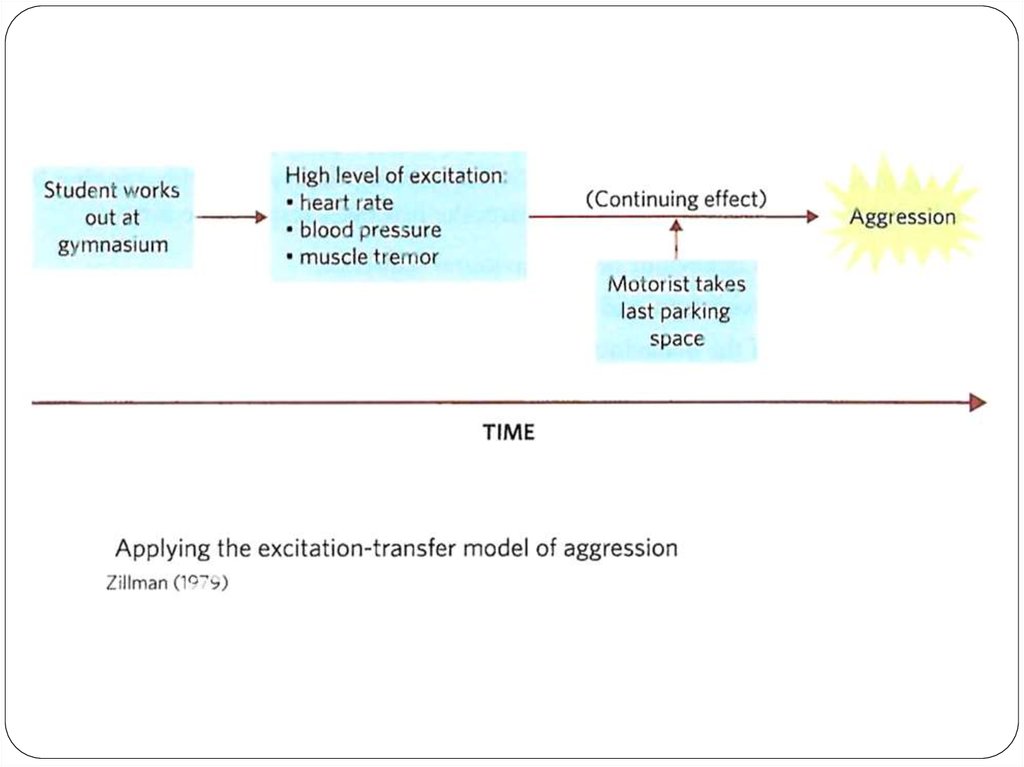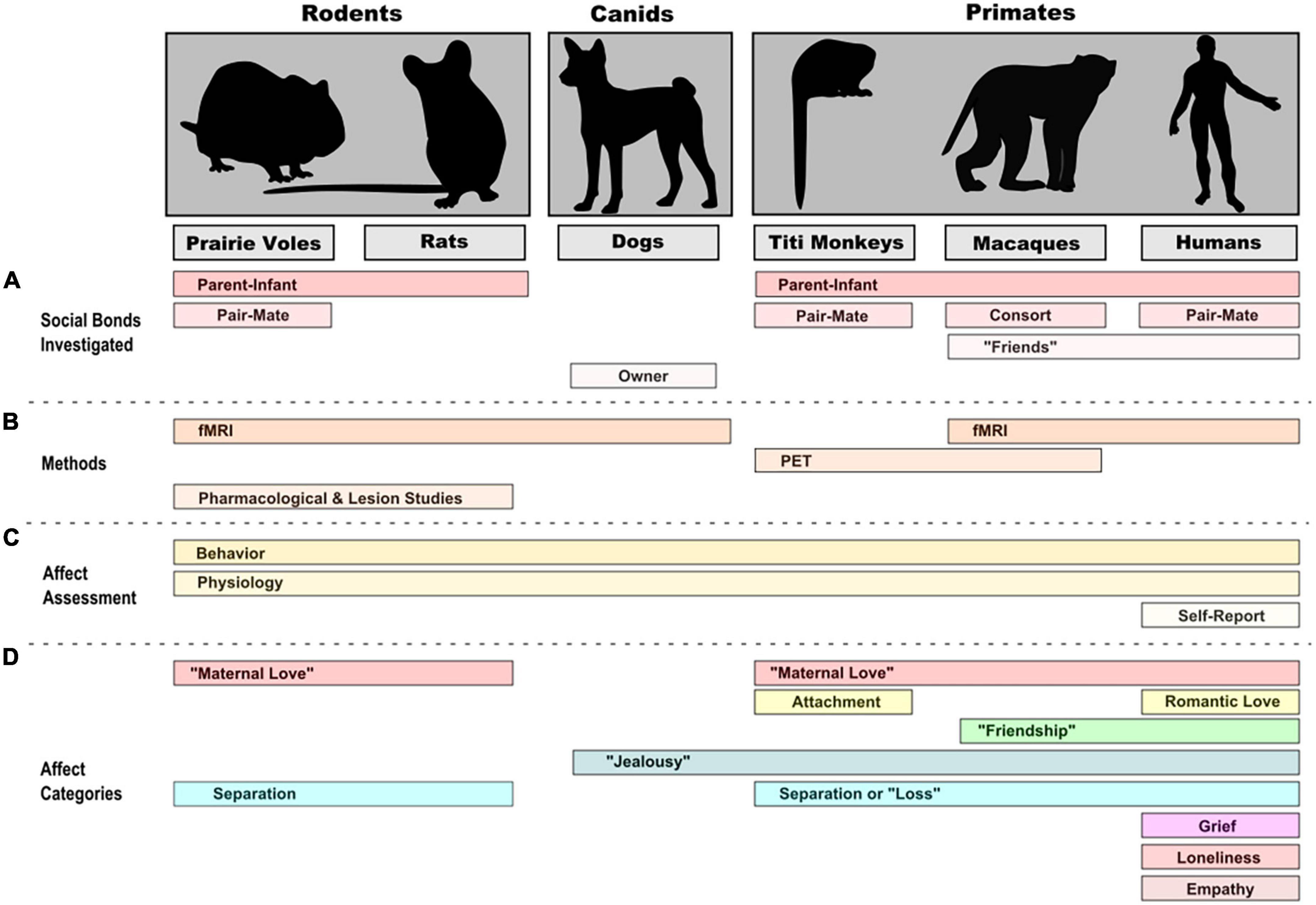Introduction
Aggression is a fundamental aspect of human and animal behavior that has fascinated psychologists, biologists, and sociologists for decades. At its core, aggression refers to any behavior directed toward another individual with the intent to cause harm, whether physical or psychological (Baron & Richardson, 1994). While often perceived negatively, aggression is not inherently destructive. In evolutionary terms, it can serve adaptive purposes—such as self-defense, protection of offspring, or competition for resources and mates.
Definition of Aggression
Aggression is broadly defined as behavior directed toward another individual with the immediate intent to cause harm (Baron & Richardson, 1994). Ross Buck (1989) emphasizes that aggression is not merely an emotion but a communicative behavior embedded in social contexts and biological mechanisms.
Read More- Aggression in Sports
Theories of Aggression
1. Lorenz’s Ethological Theory of Aggression
Konrad Lorenz, a prominent ethologist, viewed aggression as an innate, evolutionary adaptive mechanism. Unlike Sigmund Freud’s theory of a death instinct (Thanatos), Lorenz (1966) argued that aggression serves crucial survival functions.
- Aggression as Functional: Aggression contributes to survival by ensuring resource acquisition, defense, and reproductive success. The concept of the “pecking order” explains how aggression helps establish hierarchies within species (Lorenz, 1966).
- Inhibition Mechanisms: Lorenz proposed that species evolve an equilibrium between their capacity to inflict harm and the presence of innate inhibitions to prevent intra-species violence. For example, animals with natural weapons (e.g., horns or claws) also have evolved behaviors to avoid fatal conflict within their species.
- Human Aggression and Artificial Weapons: Unlike other animals, humans developed artificial tools of destruction (e.g., weapons) faster than inhibitory instincts evolved, making us more prone to destructive aggression.
- Aggressive Energy Accumulation: Lorenz suggested that aggression builds up like energy and must be released—either directly or symbolically (e.g., competitive sports). However, this concept, known as the hydraulic model of aggression, has been criticized for lacking empirical support.
Criticisms
some criticism of the theory includes-
- Behaviorists argue that human behavior is learned rather than instinctual (Bandura, 1973).
- Neurological evidence shows that aggression is typically a response to environmental stimuli rather than a buildup of internal pressure (Blair, 2001).
- Catharsis theory is also challenged; studies suggest that watching or participating in aggressive sports may reinforce rather than reduce aggression (Bushman, 2002).
2. Environmental Theories of Aggression
Environmental theories of aggression focus on external inputs that lead to aggression-
Frustration-Aggression Hypothesis (Dollard et al., 1939)
This hypothesis posits that frustration—defined as the blocking of a goal-directed behavior—inevitably leads to aggression. While influential, the theory has been modified to state that frustration can lead to aggression, but is neither necessary nor sufficient by itself (Berkowitz, 1989).

Frustration-Aggression Hypothesis
Berkowitz’s Cognitive Neoassociation Theory
Leonard Berkowitz (1989) proposed that frustration does not automatically lead to aggression. Instead, frustration creates a negative affect, such as anger or irritation, which can lead to aggression only if certain environmental cues are present.
- Negative Affect as a Trigger: Frustration generates unpleasant emotions, but these emotions may lead to aggression only under the right conditions.
- Aggressive Cues: Objects or stimuli associated with aggression (e.g., weapons, aggressive words, hostile environments) can act as triggers that transform negative affect into overt aggression. This is known as the “weapons effect.”
- Cognitive Appraisal: Individuals evaluate the situation, and their thoughts play a role in deciding whether to act aggressively. It’s not just an automatic response.

Excitation Trasfer Theory
Social Learning Theory of Aggression (Bandura, 1973)
Albert Bandura emphasized that aggression is largely learned through observation and imitation.
- Observational Learning: Individuals can learn aggressive behavior by observing models, especially when those models are rewarded for their actions.
- Bobo Doll Experiment: Children imitated aggressive actions toward a doll after observing adults do the same. If the adult model was punished, imitation decreased—but only in behavior, not in learning.
- Media Influence: Exposure to media violence can increase aggressive tendencies, although this relationship is mediated by individual and contextual factors.
Read More- Bandura’s Observational Learning Theory
Types of Aggression
Three important classification of aggression includes-
1. Lorenz’s Typology (1966)
Lorenz identified six types of innate aggression:
Inter-Species Aggression:
- Predatory Aggression: Attack by predator on prey.
- Mobbing Aggression: Defensive group attack by prey species against a predator.
Intra-Species Aggression:
- Territorial Aggression: Defending one’s territory.
- Rival Fights: Fighting for mates, mostly seen in males.
- Brood Defense: Protection of offspring against threats.
2. Feshbach’s Typology (1964)
- Hostile Aggression: Harm is the primary goal. It’s impulsive, often driven by anger.
- Instrumental Aggression: Harm is a means to another end, such as achieving dominance or acquiring a resource.
3. Moyer’s Classification of Aggression (1976)
Moyer classified aggression based on neural and situational triggers:
- Predatory Aggression: Goal-directed and biologically driven, involving regions like the hypothalamus and amygdala.
- Inter-male Aggression: Typically linked to mating and status; testosterone plays a key role.
- Fear-Induced Aggression: Occurs when escape is not possible; involves the amygdala and septum.
- Irritable Aggression: Triggered by frustration, stress, or pain. Varies from mild irritation to violent rage.
- Maternal Aggression: Protective aggression displayed by mothers. Triggered by proximity to offspring and hormonal status.
- Territorial Aggression: Aggression towards intruders in an animal’s territory.
- Instrumental Aggression: Learned behavior where aggression is used to achieve goals.
- Sex-Related Aggression: Aggressive behavior linked with sexual stimuli. Castration and anti-androgen treatments reduce such aggression in animals.
Social Attachment and Aggression
Some important studies in social attachment and aggression include-
Lorenz’s Concept of “Baby Schema”
Lorenz (1943) noted that certain infantile features (large head, big eyes, rounded cheeks) trigger nurturing behavior in adults—a phenomenon known as the “Kindchenschema.”
Attachment and Emotional Responses
- McArthur (1982) found that people with baby-like features are perceived as more honest and kind.
- Such perceptions elicit protective behavior, enhancing caregiver-infant bonding.
Neurological Basis of Attachment
- Panksepp (1998) emphasized that separation from caregivers triggers distress calls in infants—promoting reunification.
- Brain areas such as the hypothalamus, septal region, and cingulate gyrus are implicated in social attachment motivation.

Emotions Across Animals
Conclusion
Aggression, a complex and multifaceted behavior, arises from a mix of biological instincts, environmental learning, and social influences. Theoretical models from Lorenz’s evolutionary framework to Bandura’s social learning theory offer diverse explanations, each supported and contested by various strands of empirical research. Understanding these dynamics, alongside the neurological and social underpinnings of attachment, provides deeper insight into the mechanisms that govern both conflict and connection in human behavior.
References
Bandura, A. (1973). Aggression: A Social Learning Analysis. Prentice-Hall.
Baron, R. A., & Richardson, D. R. (1994). Human Aggression. Springer.
Berkowitz, L. (1989). Frustration–aggression hypothesis: Examination and reformulation. Psychological Bulletin, 106(1), 59–73.
Blair, R. J. R. (2001). Neurocognitive models of aggression. Journal of Neurology, Neurosurgery & Psychiatry, 71(6), 727–731.
Bushman, B. J. (2002). Does venting anger feed or extinguish the flame? Personality and Social Psychology Bulletin, 28(6), 724–731.
Dollard, J., Doob, L. W., Miller, N. E., Mowrer, O. H., & Sears, R. R. (1939). Frustration and Aggression. Yale University Press.
Feshbach, S. (1964). The function of aggression and the regulation of aggressive drive. Psychological Review, 71(4), 257–272.
Lorenz, K. (1966). On Aggression. Harcourt, Brace & World.
McArthur, L. Z. (1982). Judging a book by its cover: A cognitive analysis of the relationship between physical appearance and stereotype. In Cognitive Social Psychology (pp. 149-211).
Moyer, K. E. (1976). The Psychobiology of Aggression. Harper & Row.
Panksepp, J. (1998). Affective Neuroscience: The Foundations of Human and Animal Emotions. Oxford University Press.
Ross Buck (1989). Human Motivation and Emotion. John Wiley & Sons.
Subscribe to Careershodh
Get the latest updates and insights.
Join 16,417 other subscribers!
Niwlikar, B. A. (2019, April 18). 2 Important Theories Aggression and 3 Important Studies inSocial Attachment. Careershodh. https://www.careershodh.com/aggression-and-social-attachment/
